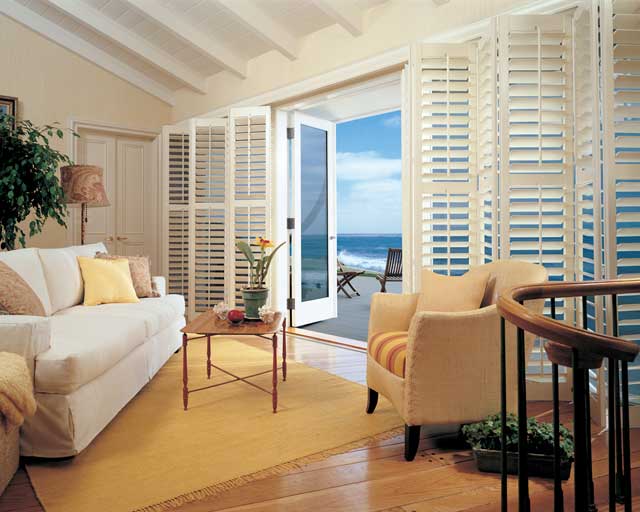Energy efficiency in the home is most important during the summer and winter seasons, as these are the months during which a home requires the most energy for heating or cooling. With summer fast approaching, homeowners in hotter climates are already starting to prepare by modifying their houses with energy efficiency upgrades that will help them keep their dependency on A/C, and their power bill, as low as possible. If you’re interested in doing the same, but are having trouble deciding which upgrades to start with, consider the following four tips.
1. Upgrade to an Energy Efficient Home Air-Conditioner
First, one of the best ways to start preparing your home for an energy efficient summer is to upgrade the central air conditioning unit to a more efficient model. If the current unit that you have is older than 5-10 years old, chances are you could benefit greatly from switching to a newer model. If you’re having trouble deciding which brand or model would best suit your needs, check out this guide on choosing an energy efficient air conditioner.

2. Have the Doors and Windows Sealed Properly
What’s the point of spending all that money on an energy efficient A/C if you’re just going to let the cold air out and the hot air in? With a little bit of caulking, weather stripping, and some extra time, you can easily perform a do-it-yourself sealing of all the doors and windows in your home. You could also opt to install a new entry door and energy-efficient windows. Surprisingly, experts say that this one change alone can save up to 30% on your energy bill. Sealing any cracks or openings is especially important if you live in an area that has particularly hot summers. For example, having energy efficient windows could be one of the most important home improvements you can opt for in that region, especially as the summertime edges closer.
3. Add or Optimize Insulation
In addition to properly sealing the doors and windows in your home, it’s also a good idea to make sure the walls and attic are properly insulated. While this is a step that is incredibly important in the winter to keep heat in, insulation also traps cold air in and keeps the warm air out during the summer months. Although replacing or adding new insulation can cost a couple thousand dollars (a bit more expensive than patching cracks or replacing windows), the upgrade can pay for itself within the first year. If you’re not sure whether your home could benefit from more insulation this summer, check out this guide on Lifehacker.
4. Install Ceiling Fans
Finally, a great way to reduce your energy bill by lessening the burden on your central air conditioning system is to install ceiling fans. Some summer days are quite breezy, so a comfortable yet energy-saving alternative to blasting the A/C could be to open a few windows and set the ceiling fans too high to circulate a cool breeze throughout the house.
Even if you can’t afford expensive home improvements at the moment, consider starting with a DIY caulking/weatherproofing job and a few ceiling fans for the windy days. Of course, combining all four of the above tips would be the best way to prepare for the most energy-efficient summer possible.